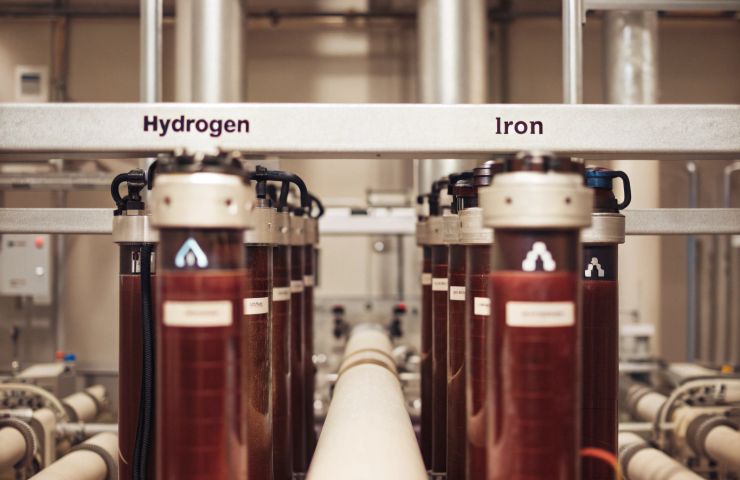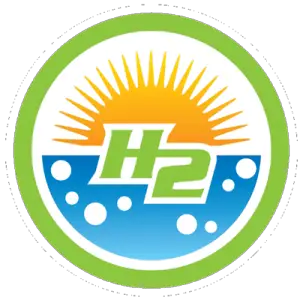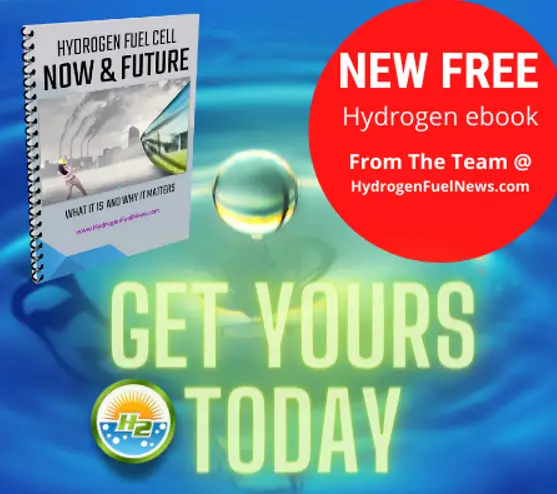
Elestor Switches to Hydrogen-Iron Flow Batteries for Safer, Scalable Energy Storage
May 29, 2025Elestor, a forward-thinking energy storage company based in the Netherlands, has made a big move—it’s ditching its old hydrogen-bromine battery setup in favor of a brand-new hydrogen-iron flow battery. The announcement came in May 2025, and it’s a pretty smart shift. Why? Well, bromine comes with some baggage—think toxicity, tricky regulations, and big geopolitical supply risks. Iron, on the other hand, is safer, easier to source, and fits like a glove with the EU’s tougher environmental rules.
Why Switch to Hydrogen-Iron?
Switching over to a hydrogen-iron flow battery doesn’t just sidestep the red tape—it also brings a big boost in safety and clears the path for faster permitting. That means fewer headaches when it comes to rolling out large-scale, sustainable energy solutions. Built at Elestor’s headquarters in Arnhem, the system stores and generates electricity through a reversible reaction between hydrogen and iron—all self-contained in a closed-loop setup. It’s smart, clean, and built with the circular economy in mind.
Built for the Future of Clean Energy
According to CEO Hylke van Bennekom, this change isn’t just about compliance—it’s about scalability. Elestor needed a solution that could grow without running into legal or environmental roadblocks. The hydrogen-iron flow battery checks all the boxes—making it a big win for anyone serious about real, impactful industrial decarbonization.
Transparency and Sustainability Go Hand in Hand
They’re committing to full transparency using digital product passports, giving regulators and customers alike a clear view of what goes into each unit. This step is part of a bigger industry move toward safer, more resilient chemistries that can support zero-emission technology and large-scale hydrogen storage.
What’s Next?
Elestor is gearing up to deploy these next-gen hydrogen-iron flow battery systems straight from its Arnhem site in the coming months. It’s a major milestone not just for the company, but for Europe’s broader sustainable energy goals. As we move further into a zero-emissions future, this shift could be just the kind of practical innovation the grid needs.



 With over 15 years of reporting hydrogen news, we are your premier source for the latest updates and insights in hydrogen and renewable energy.
With over 15 years of reporting hydrogen news, we are your premier source for the latest updates and insights in hydrogen and renewable energy.
I love reading about positive things for our economy instead of drill baby drill.